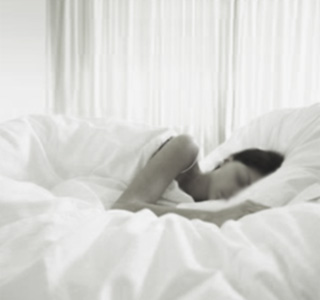According to a research presented on 10th June at SLEEP 2008, the 22nd Annual Meeting of the Associated Professional Sleep Societies (APSS) has found that less hours of overall night sleep, even being under the normal range results an rise in percentage of REM (rapid eye movement) sleep during the consequent naps.
The study has been authored by Jennifer Kanady, of the University of California at San Diego and the study aimed on 24 healthy people, who had worn an actigraph for seven nights when a regular sleeping and waking up pattern was practiced for 90 minutes, it was polysomnographically-recorded nap. The effect of two-night and seven-night estimate of overall sleep time just before the nap on nap architecture was observed.
“The findings of our study indicate that minute differences in ‘normal’ sleep duration influence the percentage of REM sleep obtained in a subsequent afternoon nap,†said Kanady. “Specifically, 10 minutes less sleep per night led to a 1.3 percent increase in nap REM percentage. These results may have important implications for studies examining sleep-dependent memory consolidation, particularly those studies that highlight the importance of REM sleep.”
The findings showed that decreased overall nightly sleep raised the percentage of REM sleep during the nap. The average full sleep time did not show any effect on any other architecture variable of the nap. The sleeping bed timings and wake-up time seems to influence REM sleep percentage only during the short-term.
The American Academy of Sleep Medicine (AASM) offers the following tips on how to get a good night’s sleep:

